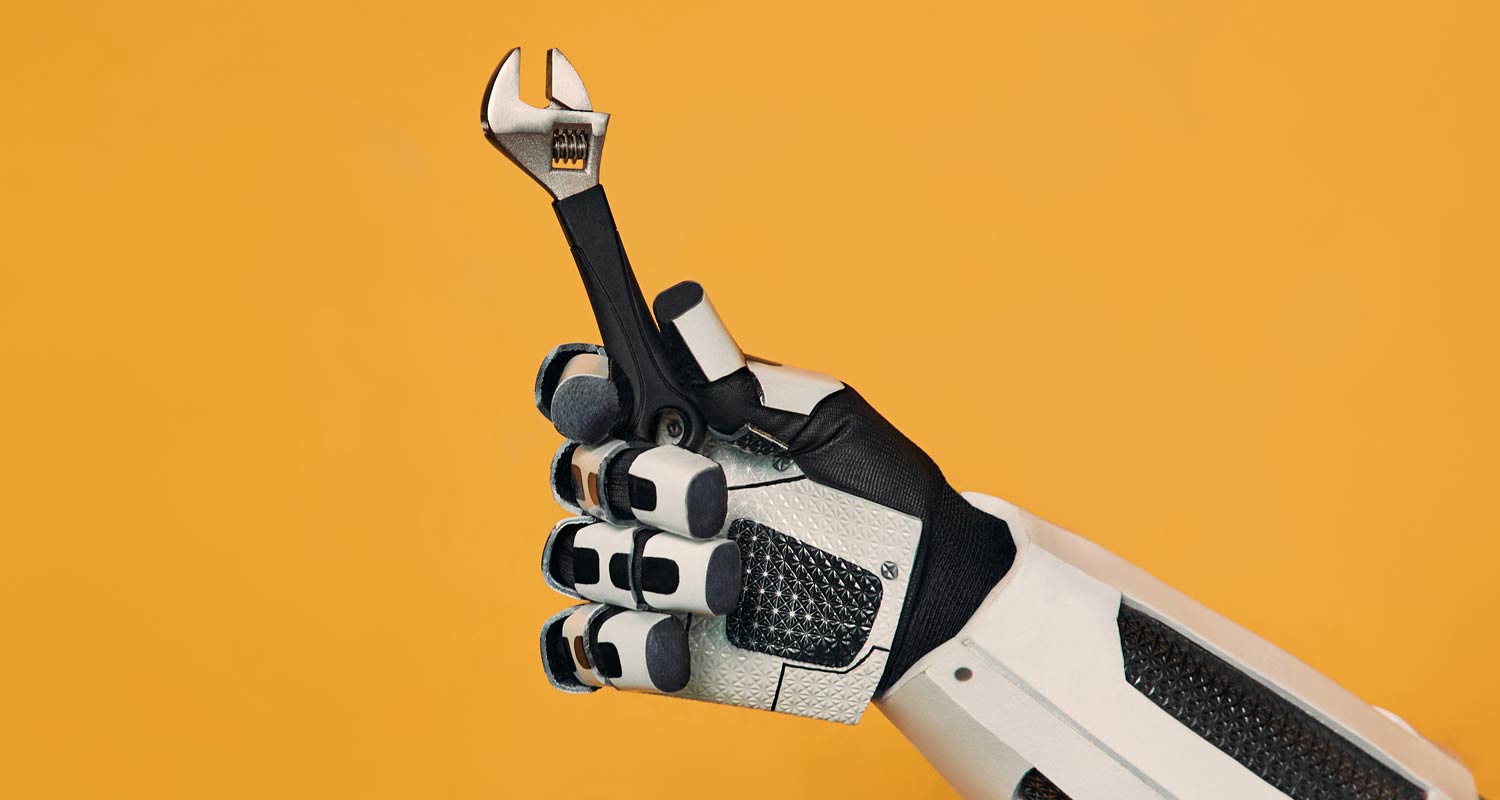Try our mobile app

There will be more humanoid robots than people by 2040, Elon Musk recently bragged. It’s a classic piece of Muskian bravado that will probably prove as prescient as the billionaire’s overhyped claims about fully self-driving cars. Robotopias often fail to capture messy labour-market reality: even in South Korea, the most robot-friendly country, only around 10% of the manufacturing workforce is automated, according to the International Federation of Robotics. Globally, the figure is closer to 1.6%. Still, as a call to arms, I expect Musk’s enthusiasm to resonate loudly in Europe. Labour shortages, demographic decline and a political class desperate to curb dependence on foreign workers will put robotics and automation high on the priority list. Just don’t ask how firms can afford it. Robot tech is changing, looking less like a destroyer of blue-collar worlds and more as an enhancer If robots look increasingly tempting as a techno-solution, it’s not as a cynical replacement for the lumps of flesh and bone currently working on factory floors, but to get more out of a shrinking workforce. Europe is the oldest continent by median age — Italy alone is almost on par with Japan — and fertility, another of Musk’s obsessions, is cratering. Competition for new recruits to replace retiring workers is also getting tougher as a result of on-shoring in the wake of Covid-19. An EU report has identified about 40 occupations including construction and healthcare hit by “widespread” shortages, with some too reliant on a shallow pool of cheap labour. Robot tech is also changing, looking less like a destroyer of blue-collar worlds and more as an enhancer. We’ve seen “cobots” — collaborative and mobile robots that work with humans rather than in sealed-off pens — become the fastest-growing segment of the market. Now artificial intelligence is powering the ability of warehouse robots to understand how to pick and pack objects on their own using the large language models made famous by OpenAI, according to Marc Tuscher, co-founder of German start-up Sereact. Despite the hype around Muskian humanoids, the reality is there will be plenty of less glamorous and more realistic applications along the way. New acolytes One fascinating case study is Denmark, which ranks above the US, UK and France in the robot-density race despite being a much smaller economy. Denmark is known for having some of Europe’s strictest immigration rules and a labour market stretched by corporate heavyweights like Novo Nordisk. Last year, the Danish electricians’ union and employers’ association commissioned a report from consultancy HowToRobot on what tasks might be automated given a looming shortage of 6 700 workers over the next five years. The conclusion was that automating specific repetitive work like pulling cables, drilling holes or groove-cutting could alone compensate for 14% of the shortage. That may not sound like much, but a similar percentage at the continental level and across several industries could really add up — and woo new acolytes. Read: See world-class robotics built by South African school kids Automation looks like an easier political sell than other solutions to worker shortages like pushing back the retirement age (which is proving deeply toxic in France) or leaning more on foreign labour (which is fuelling anti-immigration parties like the AfD in Germany). With mass unemployment not as prevalent as in the past, it’s possible to hear techno-utopianism across the board: while Britain’s Keir Starmer recently called to “mainline” AI into our veins, French far-right politician Eric Zemmour in 2023 called for robots to do farm labour instead of immigrants. This more relaxed attitude mirrors data in a 2020 European Commission study that found no evidence that industrial robots had destroyed jobs — quite the opposite. So, what’s the catch? One is that hype is self-defeating. Talk up bots too much and you run the risk of disappointment. Safety concerns could prove justified, while some sectors might be harder to automate than others: the Japanese experience shows how services like care for the elderly are a real tough nut to crack even in high-tech countries. Maxime Sbaihi, author of a new book on falling birth rates, warns that Japan will struggle to meet a worker shortfall of 11 million by 2040 with automation alone. Another hurdle for robo-Europe will be funding its ambitions. Automation expert Mike Wilson estimates the typical cost of an industrial robot including tools and fixtures at approximately £90 000 (R2.1-million). Using estimates of a worker shortfall of 58 000 in UK manufacturing, that would equate to a theoretical outlay of £3-billion to £5-billion to offset it. The investment would be worthwhile if estimates of output gains of £6-billion are accurate, but it’s still a chunky sum to bet on an outcome that requires time and expertise to deliver. Robots, unhelpfully for the welfare state, also don’t pay tax. Read: Netcare’s new surgeon is a robot Automation is therefore going to be at best one of several answers to the productivity and population crunch facing Europe — alongside the need for labour-market reform and pro-growth policies. Still, given Europe has missed a lot of tech revolutions, it should aim to stay on top of this one. — (c) 2025 Bloomberg LP Get breaking news from TechCentral on WhatsApp. Sign up here . Don’t miss: Apple is shifting its focus to home robots